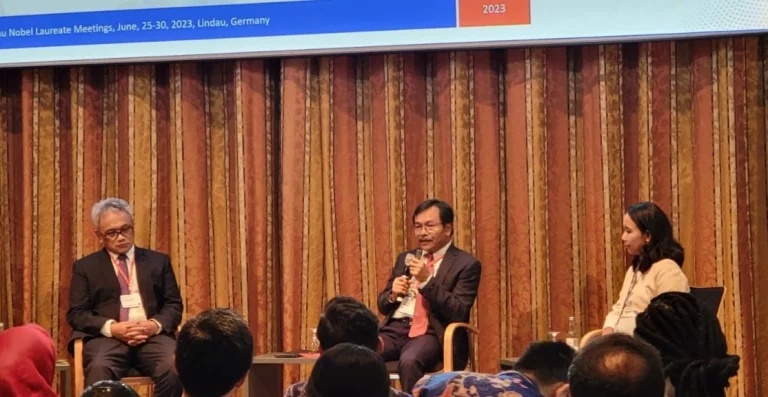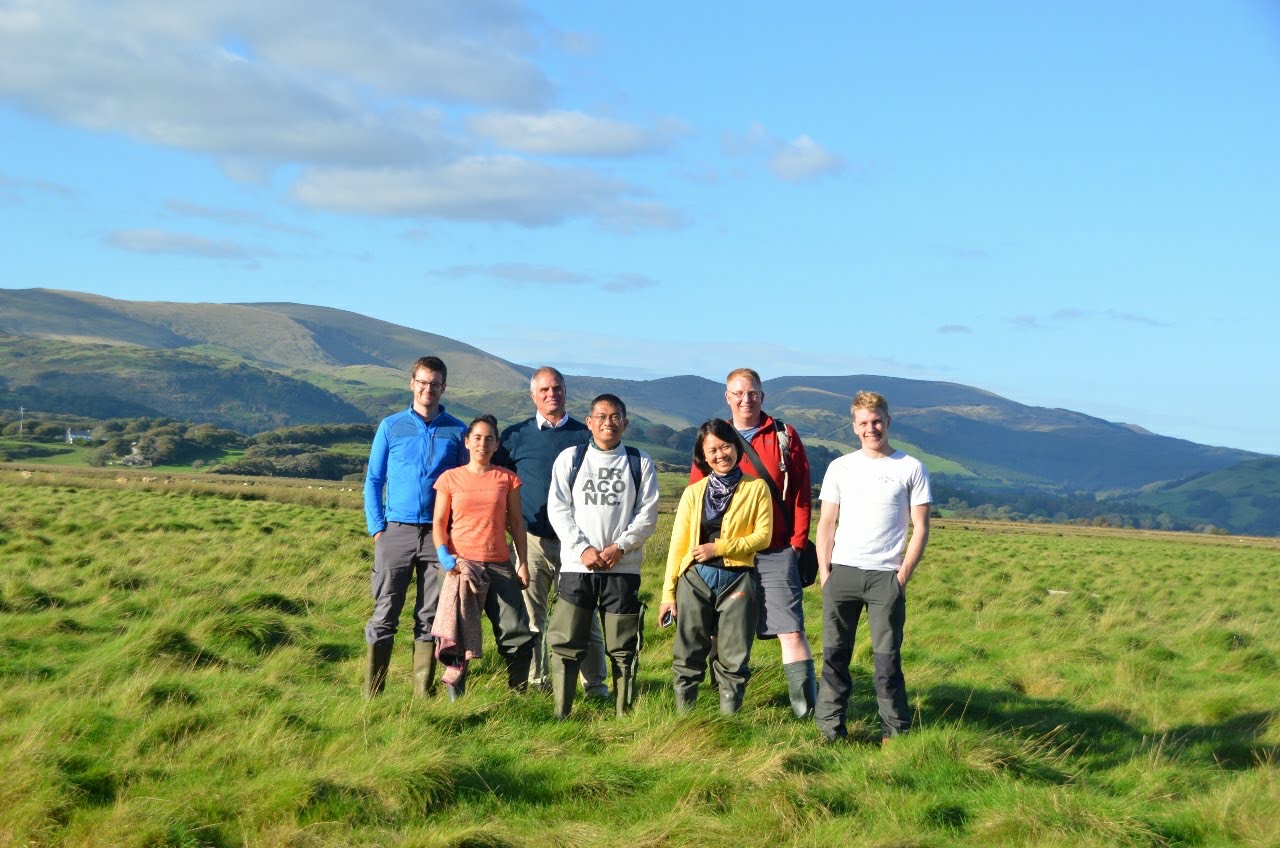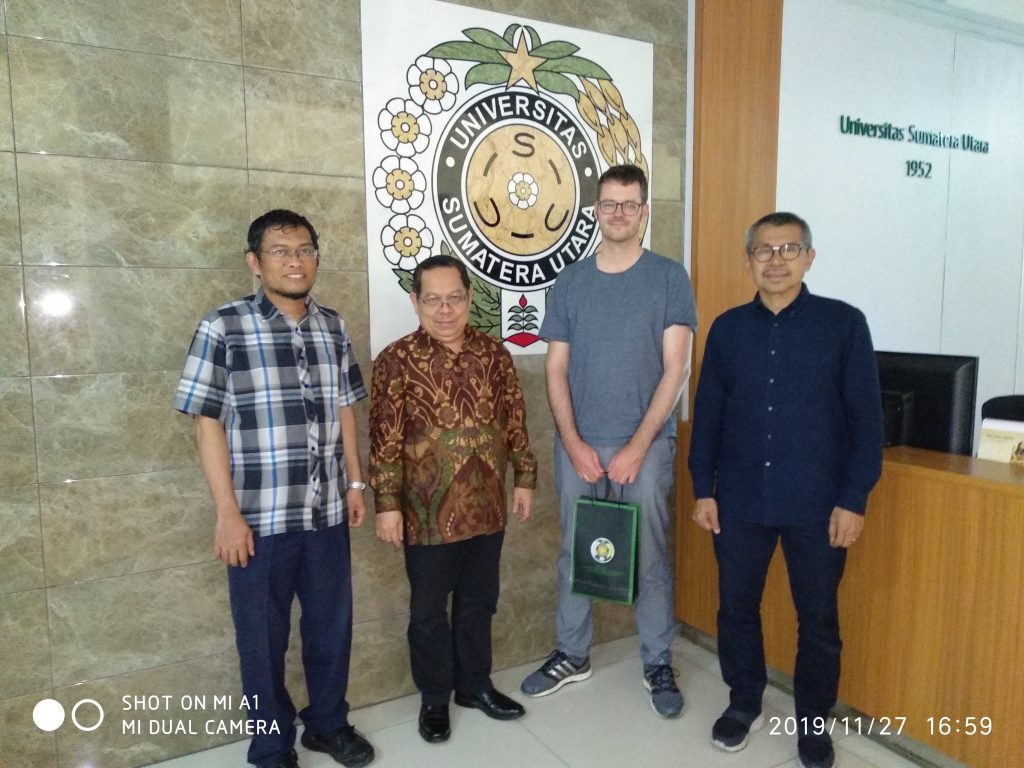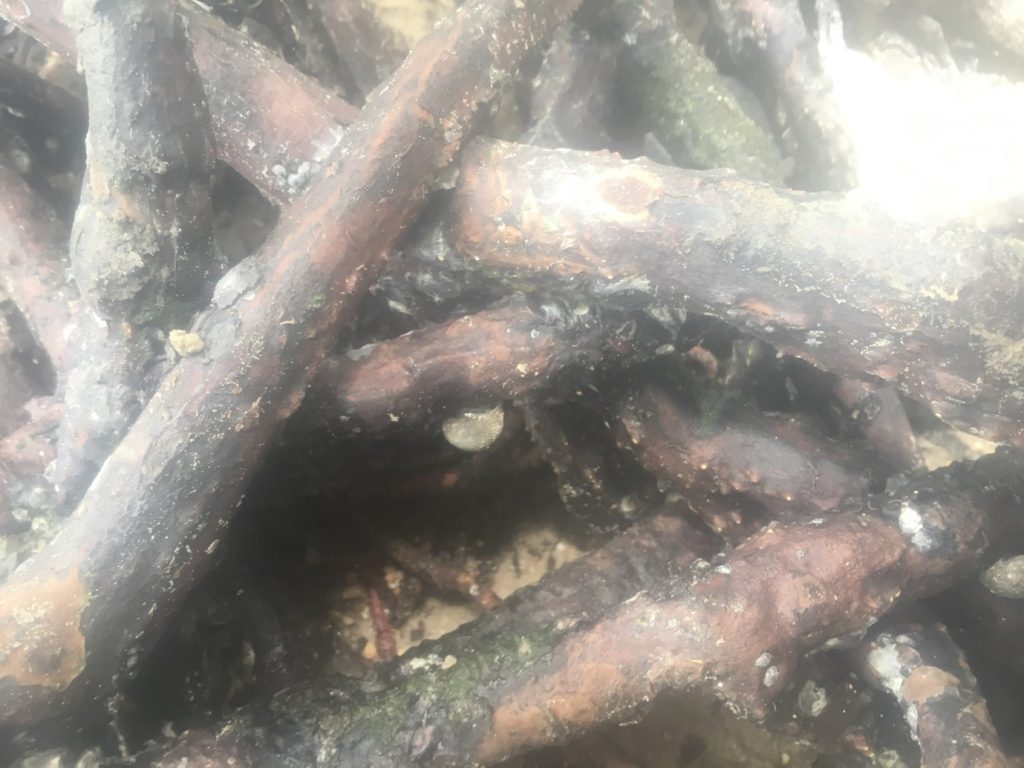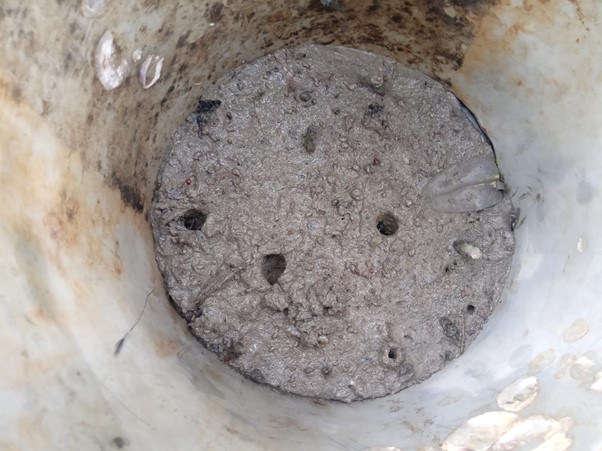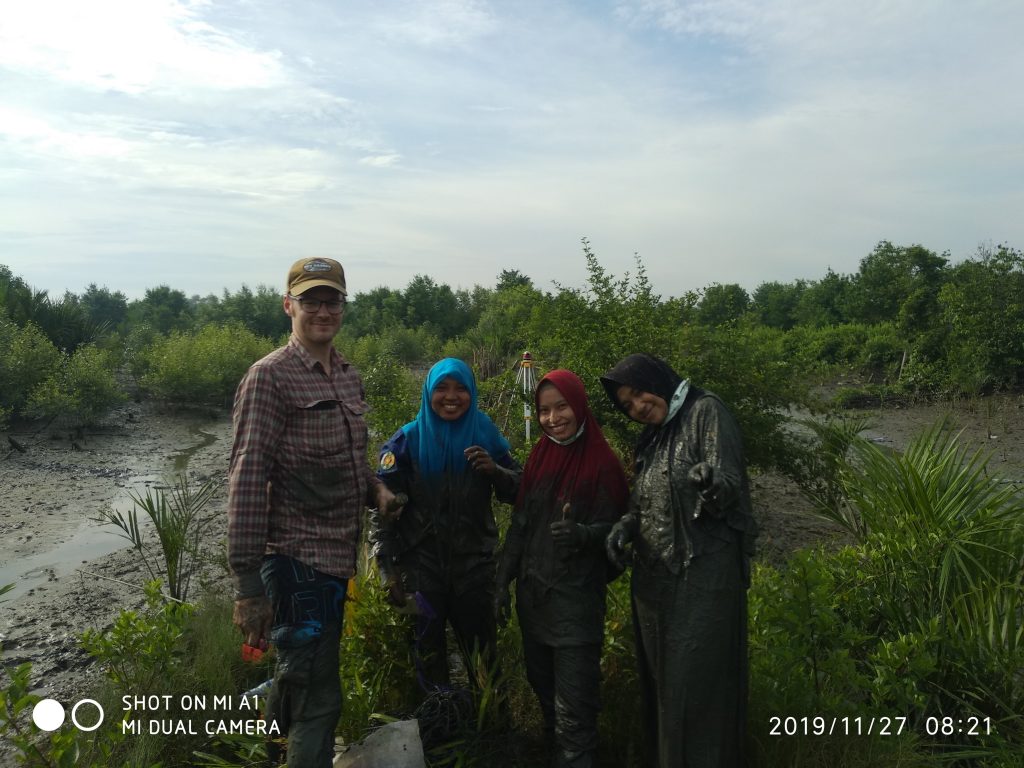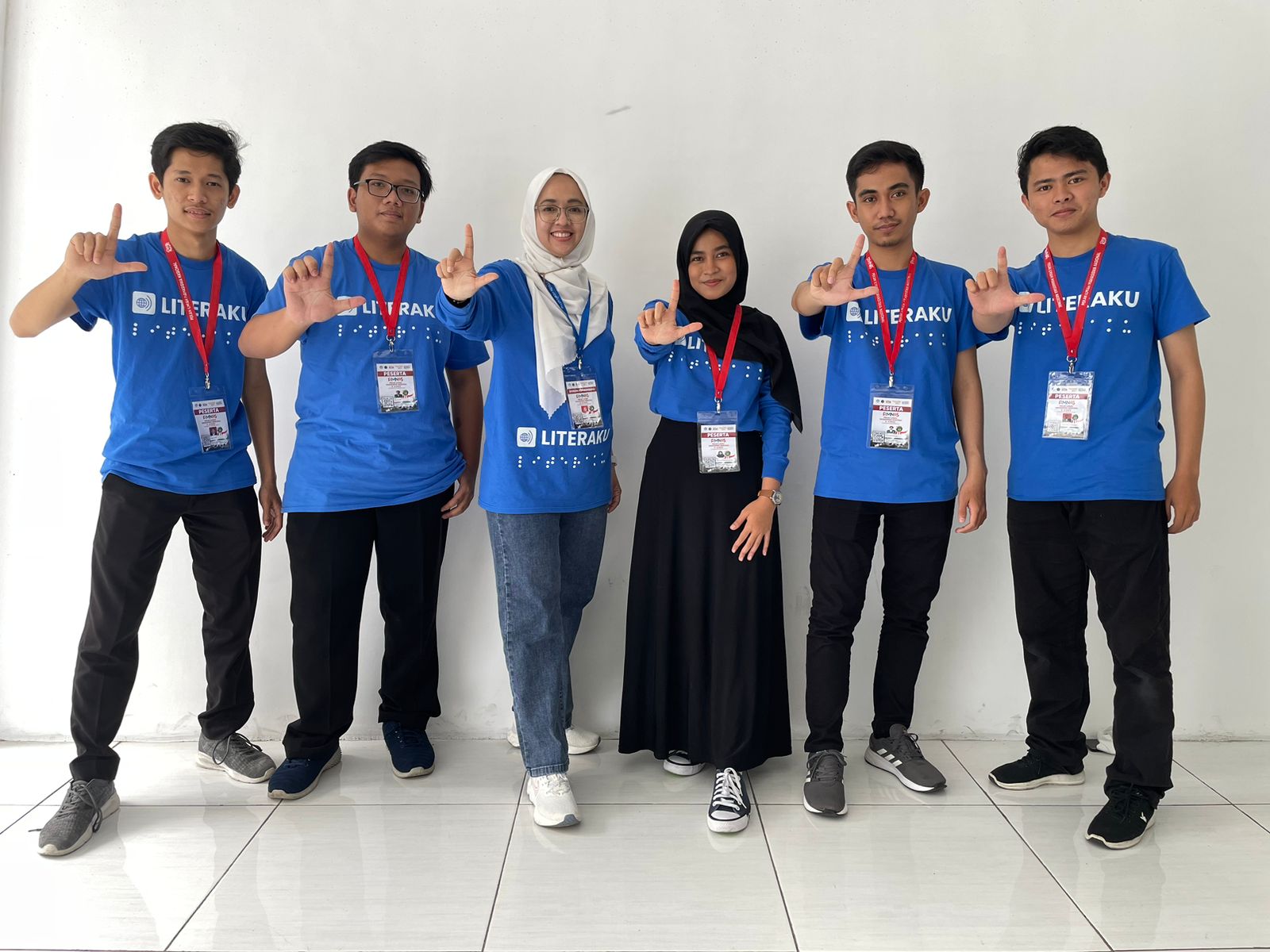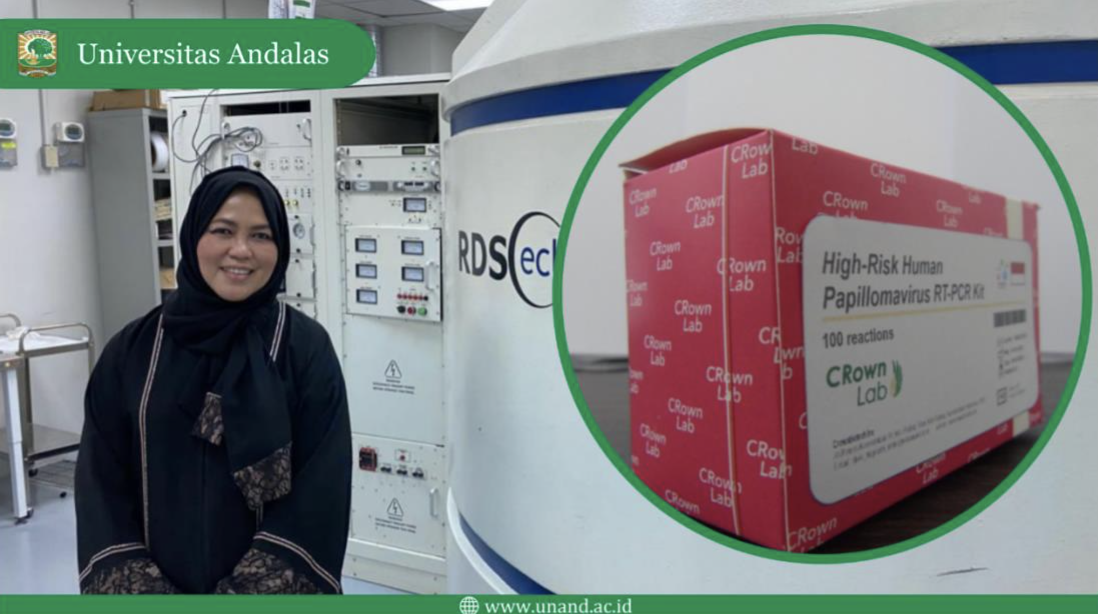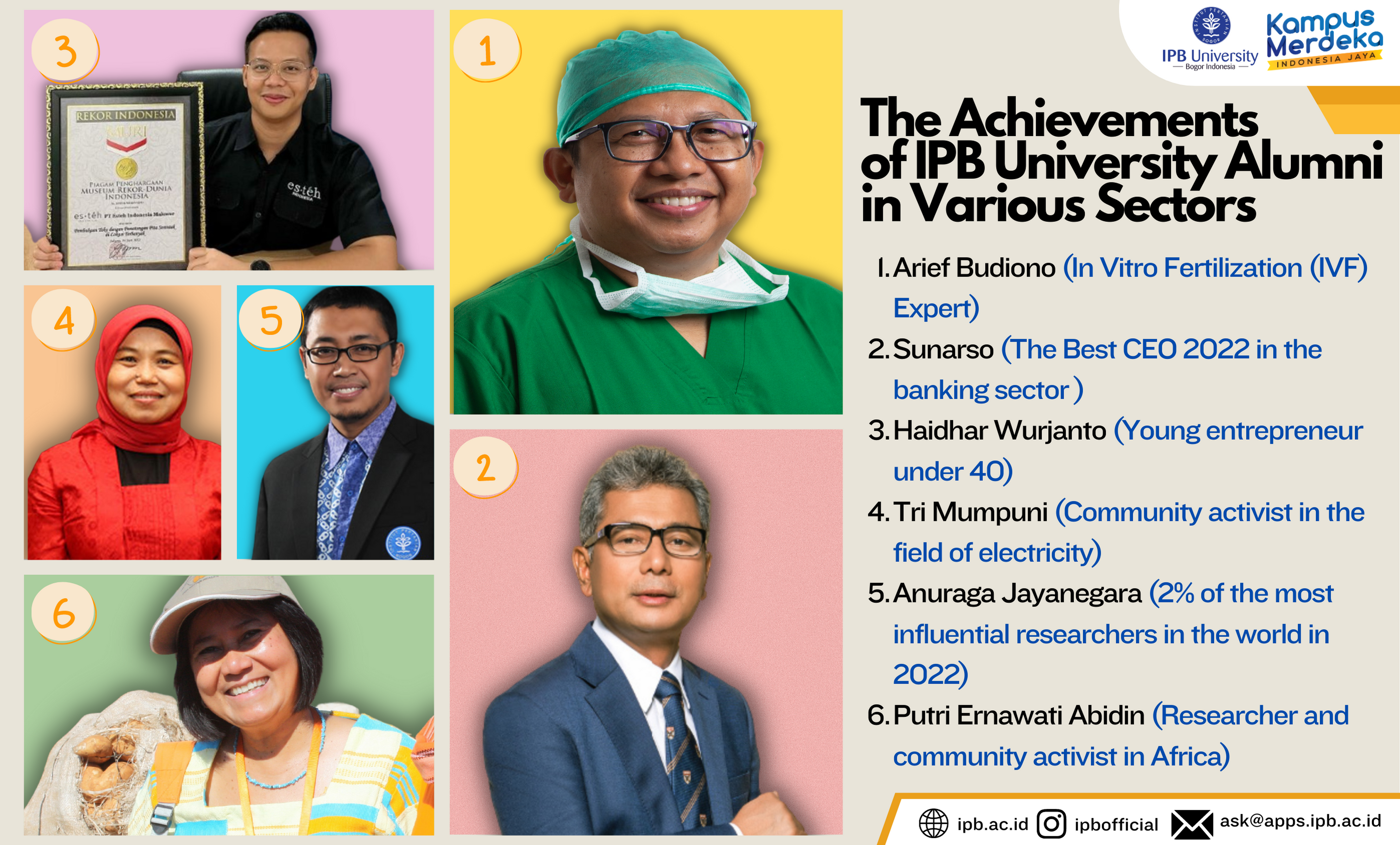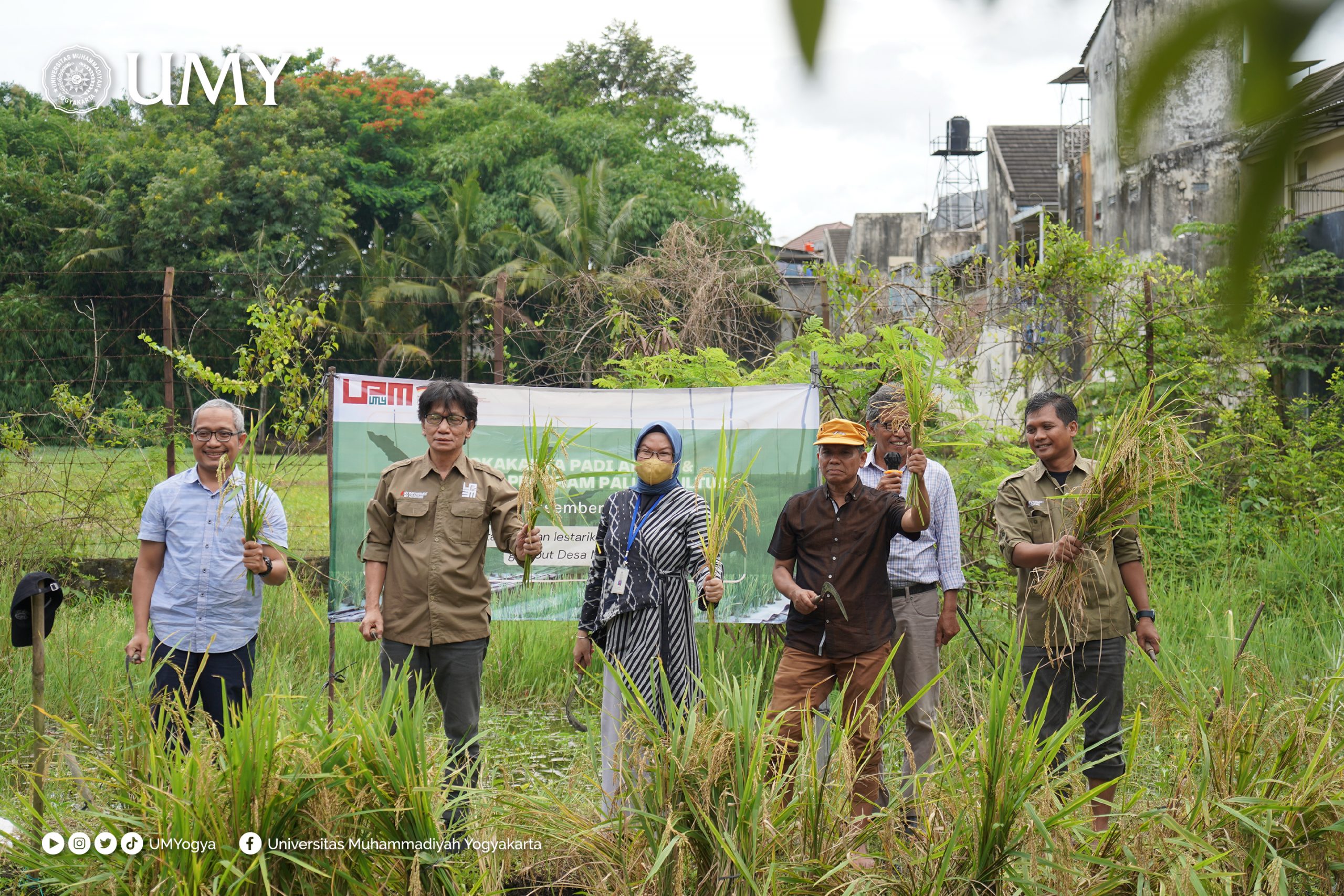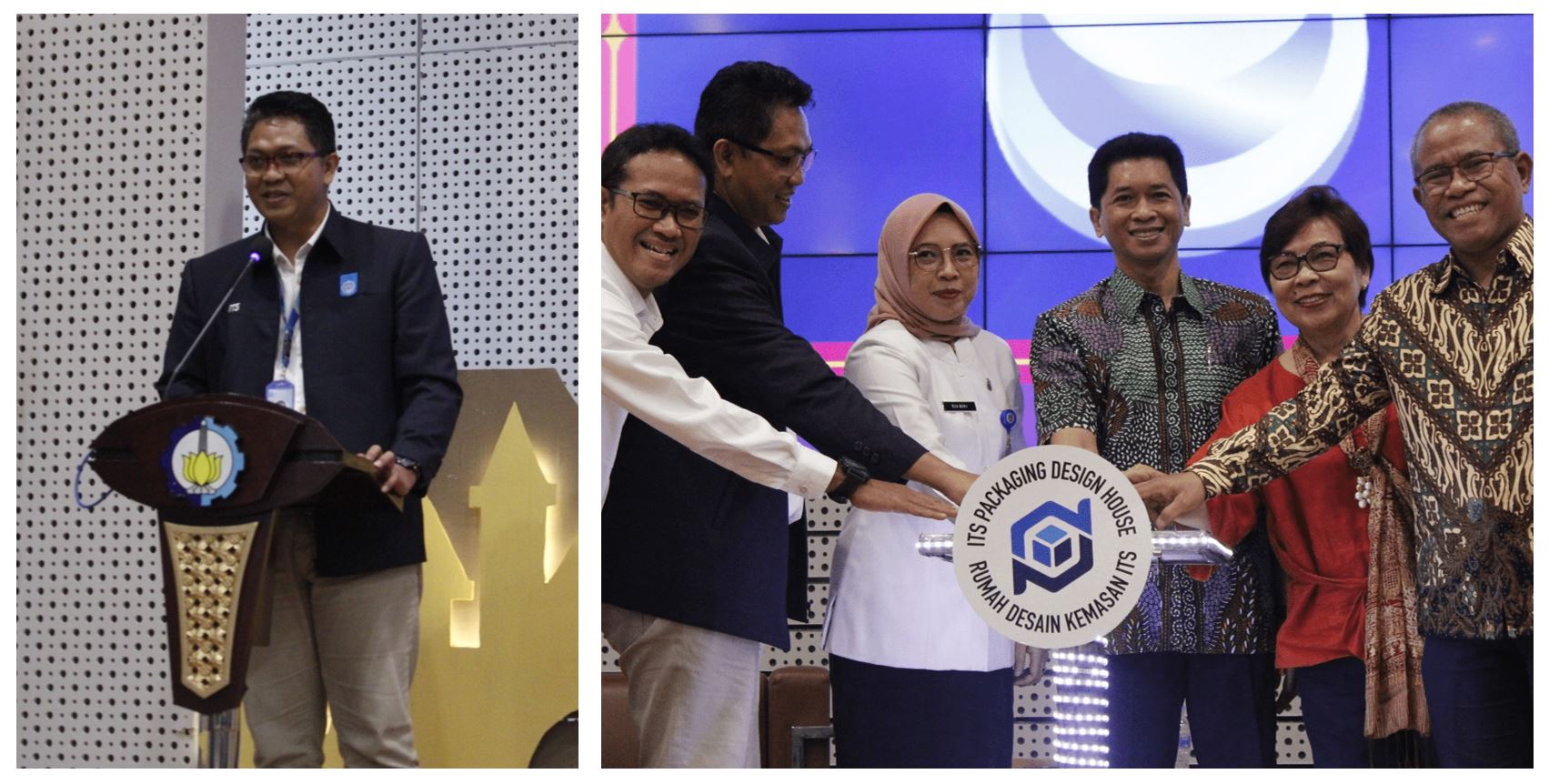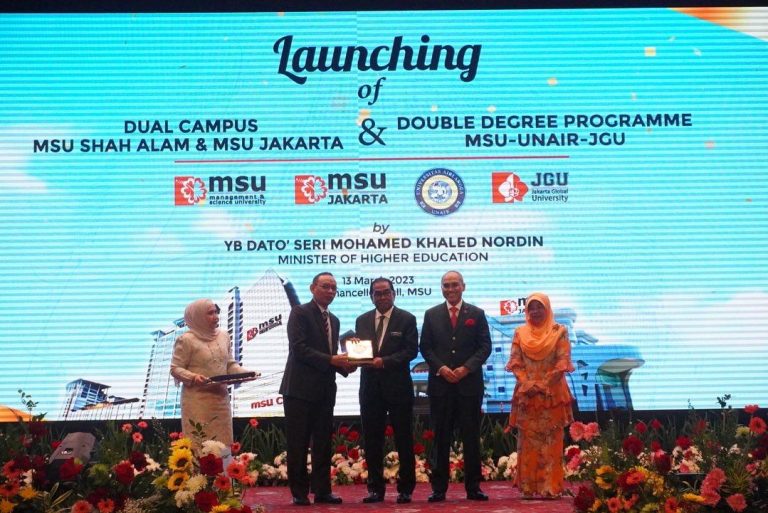Universitas Airlangga (UNAIR) has shown its presence as a world-class university. Many UNAIR’s researchers have performed well nationally and internationally, including Prof. Dr. Fedik Abdul Rantam, DVM. The UNAIR accomplished researcher was entrusted to attend and be involved in the prestigious 72nd Lindau Nobel Laureate Meeting in Lindau, Germany, on Monday, June 26, 2023. Lindau Nobel Laureate Meeting ( LNLM ) is a prestigious event for researchers and scientists at the international level.
Become selected researcher
In this prestigious event, Prof. Fedik was selected as one of the Indonesian research delegates. He admitted that he was grateful and proud because each researcher only had the opportunity to attend and be involved in the event once. “Alhamdulillah, I can share with the best young researchers from various countries and can have direct discussions with the Nobel laureates. Moreover, we researchers only get one chance in a lifetime to be involved in this meeting,” said Prof. Fedik. Being a selected researcher in this event is not easy because various criteria must be met. As published by the Indonesian Ministry of Education and Culture’s website, researchers must first participate in a selection. Furthermore, the Ministry of Education and Research and Technology will submit the final decision to the Lindau Nobel Laureate Meetings Foundation.
Presenting domestic vaccine development
On that occasion, Prof. Fedik presented his work titled Indonesia in Overcoming Covid-19 Pandemic and Domestic Vaccine Development. He explained how Indonesia handled the Covid-19 pandemic, including developing the Merah Putih vaccine initiated by UNAIR researchers. “In the meeting, I presented our Covid-19 vaccine, which is the work of the nation’s researchers, and it received a positive response from the participants. They were interested in our vaccine’s advantages and how to determine the isolate as a unit seed vaccine,” said the Head of UNAIR Vaccine Research and Development Center. Furthermore, the UNAIR Virology and Immunology Expert also revealed that his team is preparing the second-generation vaccine, the cocktail vaccine. He added that even though the administration has declared the pandemic as an endemic, it does not mean cases of Covid-19 transmission can be ignored. For this reason, continuing this vaccine research is still necessary as a preventive effort. “Furthermore, I also conveyed that my team and I are preparing a second-generation vaccine called the cocktail vaccine. Even though the status is currently considered endemic, vaccination is still needed to prevent the spread of Covid-19,” he added.
This year, Indonesia through the Ministry of Education, Culture, Research and Technology, has the opportunity to partner with the Lindau Nobel Laureate Meeting, which is focused on Physiology and Medicine. Indonesia sent several outstanding researchers from Universitas Airlangga (UNAIR) and Gadjah Mada University (UGM) for the meeting. The researchers joined more than 600 other selected young researchers from around the world to meet the Nobel Prize laureates face to face.



